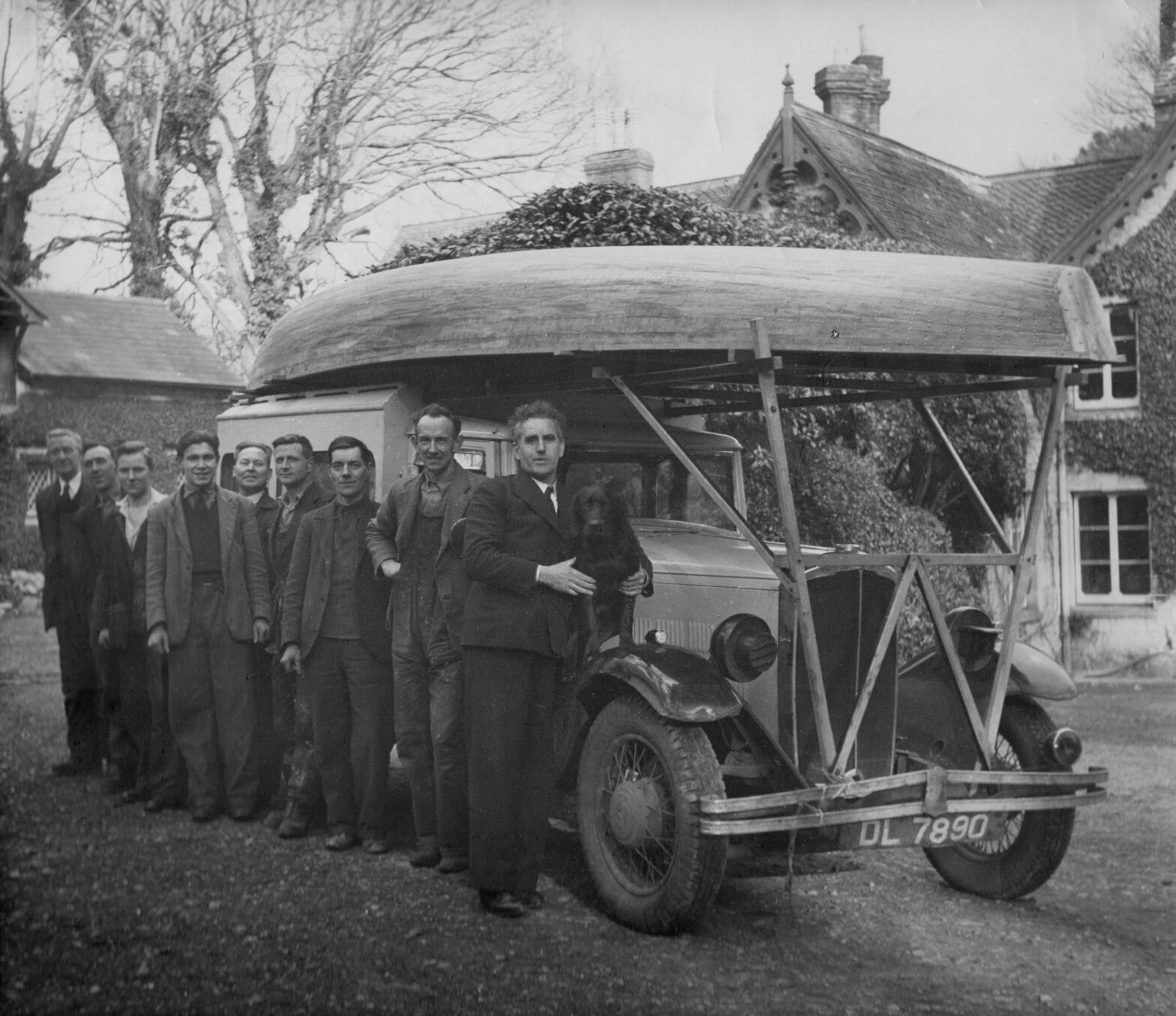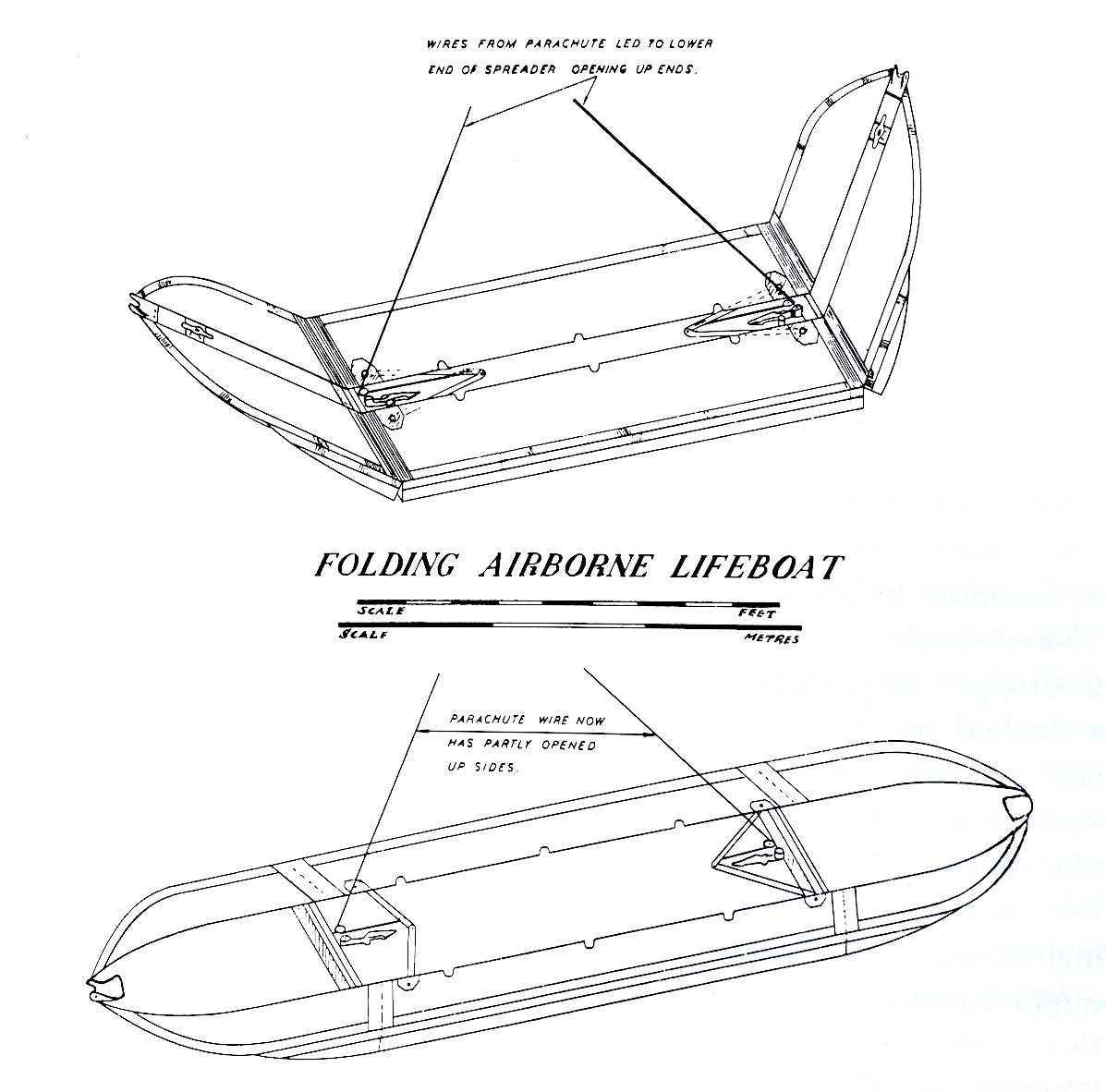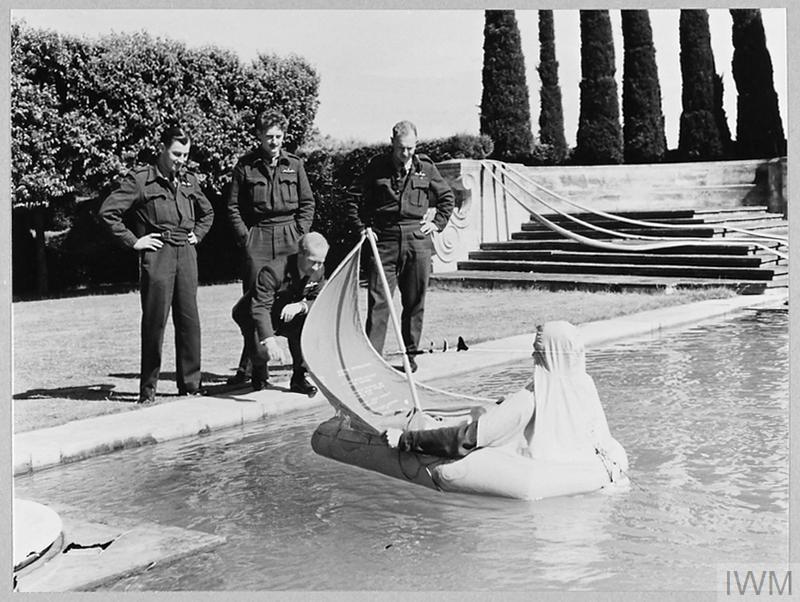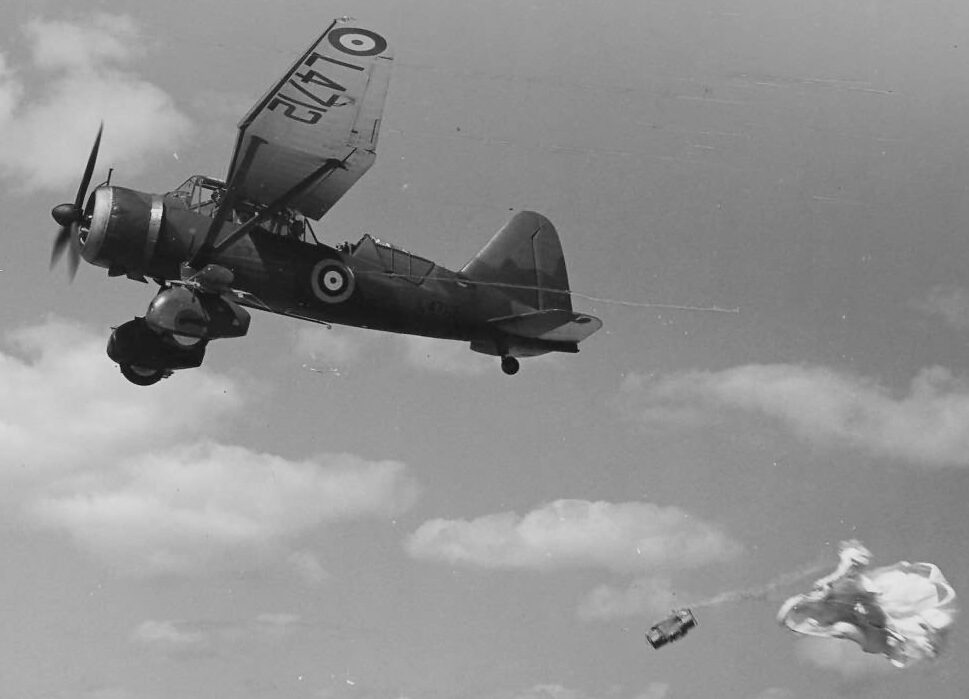Photo from the Uffa Fox Archive During January 1942 Uffa Fox discusses proposals for a lifeboat twenty feet long with Director of Technical Services, Deputy Director Air Sea Rescue (Group Captain Waring, who had also been thinking about a lifeboat design with Lieutenant Robb RNVR), parachute and buoyancy suppliers and others. Uffa’s proposal appears to… Continue reading Uffa Fox 20′ lifeboat proposal refines requirements
Category: Timeline
Uffa Fox engages with Air Ministry in his own inimitable manner
Uffa enthusiastically pursued the idea. He experimented with the idea of a folding boat to be carried inside the bomb bay of an aircraft. Uffa writes about this in his book ‘Joys of Life’. He built cardboard and then scale wooden models for the 20′ folding boat which was unfolded by the action of the… Continue reading Uffa Fox engages with Air Ministry in his own inimitable manner
Crew losses lead to dedicated ASR Squadrons 275,276,277,278 with Hudson, Walrus and Lysander.
Agreement to significantly increased resources for ASR based oncerns that rescue services were not expanding in proportion to offensive operations. The proportion of rescued ditched aircrew had risen from 20% to 35% due to the new Services, more/better dinghies and improved equipment for locating crew. It was agreed that two Squadrons of Hudson aircraft should… Continue reading Crew losses lead to dedicated ASR Squadrons 275,276,277,278 with Hudson, Walrus and Lysander.
Estimated 35% of ditched aircrew saved
The improved dinghies, better training, increased numbers of High Speed Launches and better organisation have made a substantial impact on losses.
Idea for airborne lifeboat solidifies
1941, two years into the war, saw the idea of an Airborne lifeboat put forward. Across the RAF people were applying a great deal of thought to giving ditched crew a greater chance of rescue. In Cowes Uffa was personally involved in the war and the same idea. Was there a way to enable aircrew… Continue reading Idea for airborne lifeboat solidifies
Single seat ‘K’ type dinghy established for fighters
Up until now fighter pilots still relied on personal buoyancy aids. The ‘K’ type was packed attached to the parachute or ‘Mae West’ and soon had improvements of paddles, mast, protective capes and hoods, and rations. Not until August 1942 did all fighters have one of these. It was so successful they were also used… Continue reading Single seat ‘K’ type dinghy established for fighters
Air/Sea Rescue Service established to improve equipment, training and coordination.
6th February 1941 – the Sea Rescues Directorate (soon renamed ‘Air/Sea Rescue Services’) is formed responsible for co-ordinating all searches for aircraft and crew, for the development and dropping of equipment to located aircrew to increase chance of survival until rescue, provision of marine craft to effect rescues and training of aircrew in how to… Continue reading Air/Sea Rescue Service established to improve equipment, training and coordination.
‘H’ and ‘J’ dinghies developed with increased capacity and stability
Various versions of dinghy were made and by the end of 1940 all multi-seat aircraft were fitted with dinghies. They were fitted with a variety of emergency equipment and crews were trained in how to survive the crash landing on water and how to use the equipment. Read more here.
Combined Services ‘Sea Rescue Organisation’ created
19th July 1940 Still only 14 launches in service. In just three weeks over 220 aircrew were killed or missing, the majority over the sea. As a result Vice Admiral Dover and AOC 11 Group formed a local ‘combined service’ involving the RAF, Navy and Lysander planes borrowed from the Army. This was formalised in… Continue reading Combined Services ‘Sea Rescue Organisation’ created
Estimated 20% of ditched aircrew saved.
.





